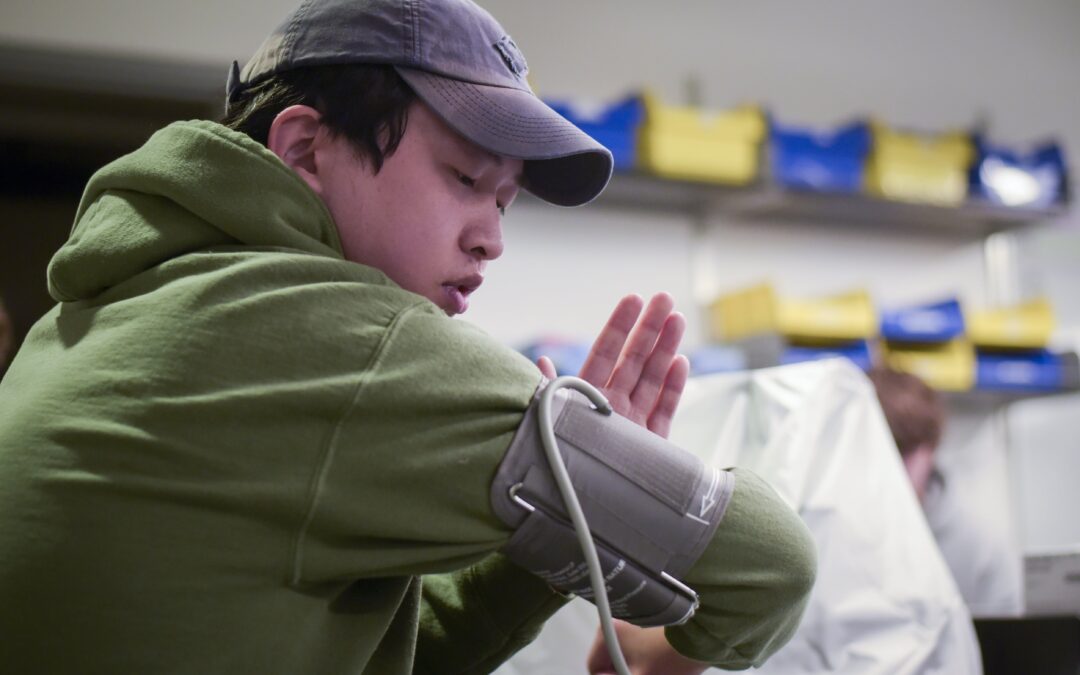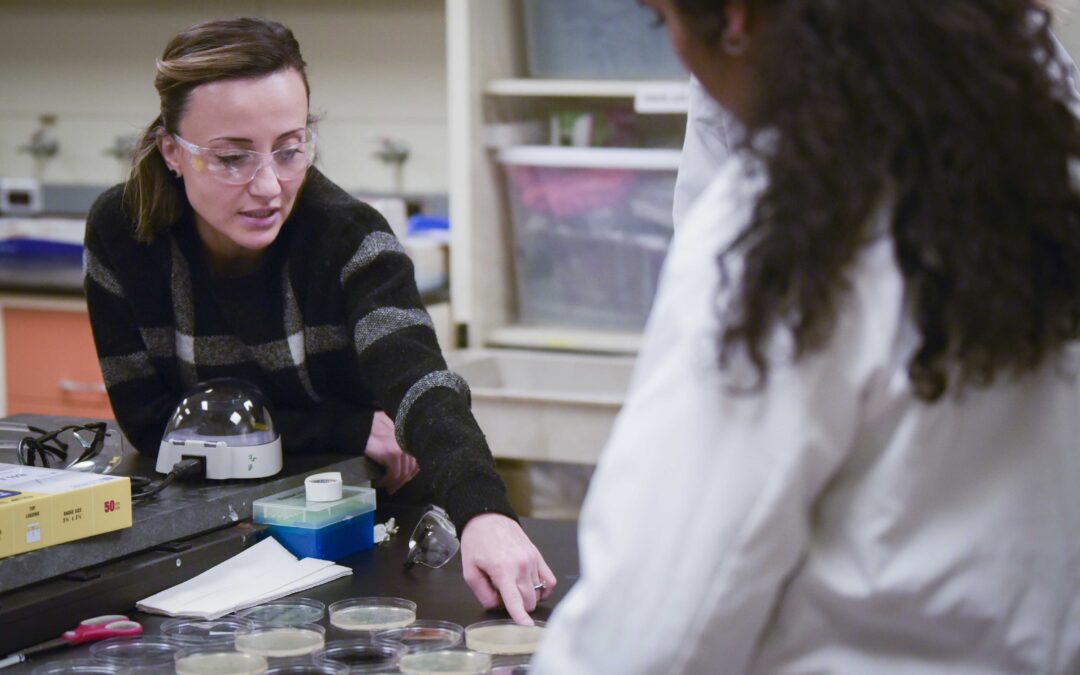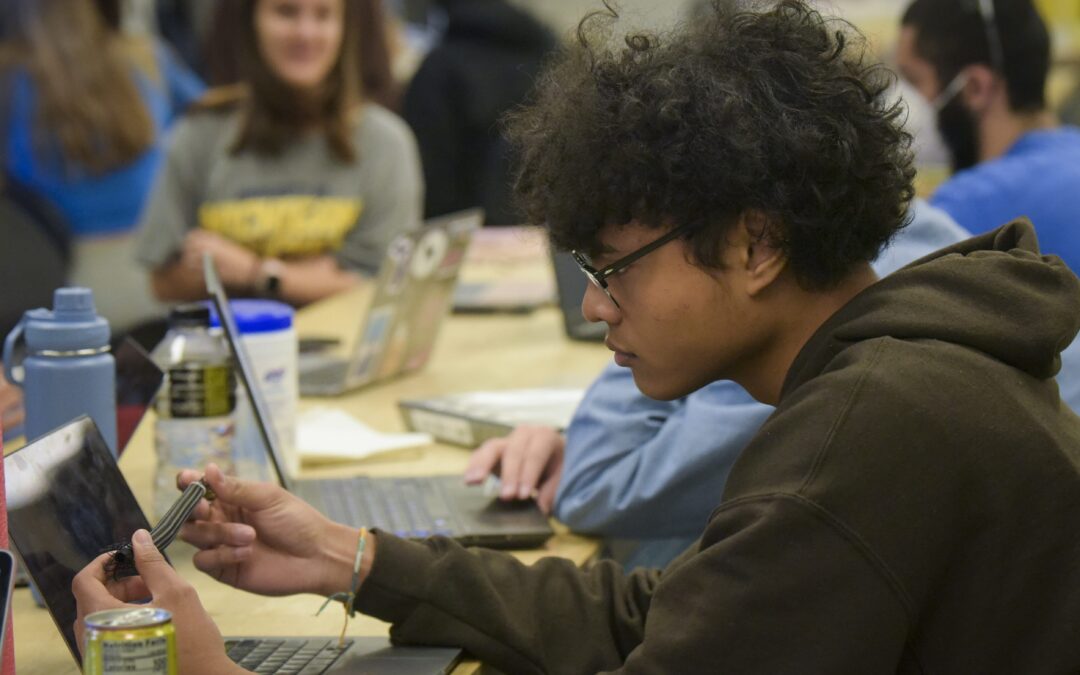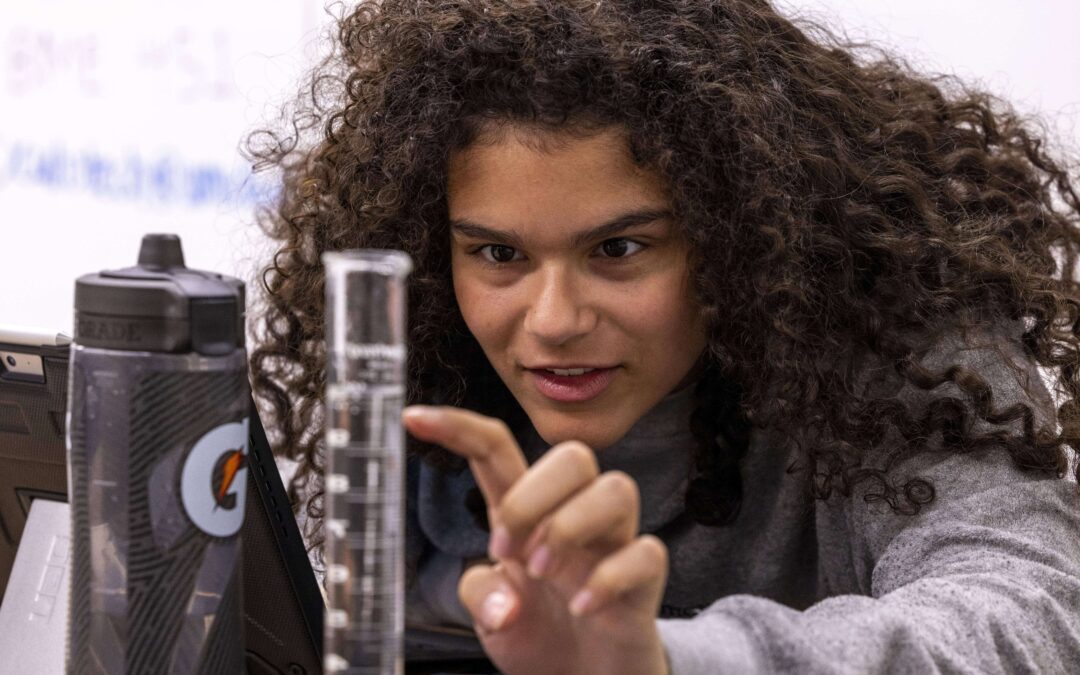
by youmichl | Nov 10, 2023
In this course, we will provide a comprehensive introduction to the captivating realm of wearable electronics.This course combines material physics, chemistry, and engineering, based on which we can create wearable electronics that are reshaping the future of renewable energy, healthcare, and soft robotics.

by selinalu | May 29, 2023
Biomedical engineers envision, design, re-design, and test devices on the bleeding edge of medical technology; devices that improve and even revolutionize the treatment, diagnosis, and monitoring of the most important health challenges facing humanity today. This section of ENGR 100 is built to give you the opportunity to learn about and experience this process hands-on with real medical devices.

by selinalu | May 29, 2023
This section of Engineering 100 introduces fundamental concepts of bioengineering, biotechnology, and chemical engineering, and provides students an understanding of how biological systems can be engineered to solve real-world problems such as the need for renewable energy and affordable medicine.

by selinalu | May 25, 2023
Bioinspired design views the process of how we learn from nature as an innovation strategy translating principles of function, performance, and aesthetics from biology to human technology. The creative design process is driven by interdisciplinary exchange among engineering, biology, medicine, art, architecture and business.

by youmichl | May 25, 2023
Wellness is a critical component of everyday life and includes both physical and psychological health. In this course we will explore research and technologies that support wellness, including wearable sensors. Wearable sensors let us track biometric data, which can be readouts of sleep patterns and emotions.





